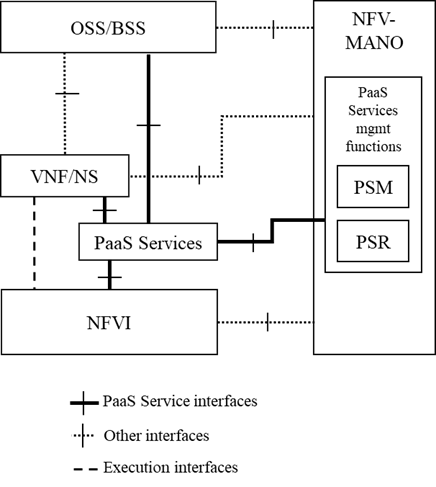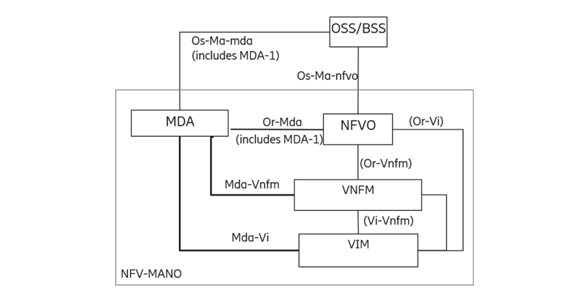Release of new NFV specifications V5.2.1
The ETSI Industry Specification Group for Network Functions Virtualization (ISG NFV) has published its specifications of Release 5 second drop as version 5.2.1. In this version, some features were further progressed introducing additional enhancements to the NFV framework. Examples of features include enhanced container networking, NFV for 5G, VNF configuration, Green NFV. A major outcome in this version was the completion of the stage 3 level specification of Telco Cloud data analytics service. This version 5.2.1 is an intermediate version within Release 5, and some of the features are thus still under development. It is expected that the stage 3 work will be completed in subsequent ed531.
With respect to stage 2 outcomes of this release drop, some more specific examples of feature enhancements include the specification of additional performance measurements related to energy consumption of various NFV‑MANO managed objects (e.g., VNF, NS) as part of the FEAT29 "Green NFV", which have been incorporated within the ETSI GS NFV-IFA 027. Regarding FEAT30 “VNF configuration”, this edition completes the stage 2 work by specifying information about VNF configuration supported by NFV framework, which can be used during registration procedures, and enhancements in the VNFD and VNF packaging to generalize the support of configuration and LCM scripts related to configuration. The ETSI GS NFV-IFA 049 also went through a major overhaul with respect to previous published versions. This GS is the main placeholder of specification related to PaaS management spurred from FEAT21 "5GNFV" and VNF generic OAM functions framed within FEAT24 "Generic OAM". More precisely, this version included the specification of various information flows related to PaaS Services management, with the purpose to further improve and clarify the functionalities and interactions of the PaaS Services Management (PSM) and PaaS Services Repository (PSR) functions. Furthermore, this version also focused on clarifying the relationship of VNF generic OAM functions and PaaS Services by clarifying that the former are just a kind of PaaS Service focused on providing OAM functionality. The framework was correspondingly updated as shown in figure 1. Finally, from stage 2 perspective, it is also important to highlight the updates introduced as part of the FEAT19a "Enhanced container networking" focused on enabling networking for hybrid VM and container-based deployments. These outcomes were specified in corresponding updates to several ETSI NFV-IFA specifications like ETSI GS NFV‑IFA 005/006/007/008/010/013 and 036.

Figure 1: VNF generic OAM functions and other PaaS Services framework specified in ETSI GS NFV‑IFA 049
With respect to stage 3 work, one major outcome (as already introduced previously) was the completion of the ETSI GS NFV-SOL 025 "Protocols and Data Models; Specification of protocol and data model solutions for Telco Cloud data analytics service". This achievement represents the completion of the standardization work on management data analytics as part of the FEAT20 "Autonomous". This was a continuation of the specification work initiated by the stage 2 specification completion of ETSI GS NFV‑IFA 047. The Telco Cloud data analytics (previously referred as “MDA") is a management function responsible for the generation of analytics based on managed data that can be captured from other NFV‑MANO functions and functional blocks. The framework of Telco Cloud data analytics is depicted in figure 2. As usual, also stage 3 specification were kept aligned to respective stage 2 documents in various features like FEAT19a "Enhanced container networking", FEAT21 "NFV for 5G", FEAT30 "VNF configuration", and FEAT29 "Green NFV". Finally, it is worth highlighting the updates introduced in ETSI GS NFV‑SOL 016 which focused on enhancing the use case of VNF upgrade using change current VNF Package operation.

Figure 2: Framework of Telco Cloud data analytics (= old name is MDA) as reported in ETSI GR NFV‑IFA 041
ETSI NFV is continuously improving and enhancing its specifications and the next ed531 is expected to complete almost all Release 5 feature specification work. We will announce in future communications the further progress done in the time that ETSI NFV is also looking forward to an exciting Release 6 in which a major overhaul of the NFV architectural framework towards the Telco Cloud is expected.

